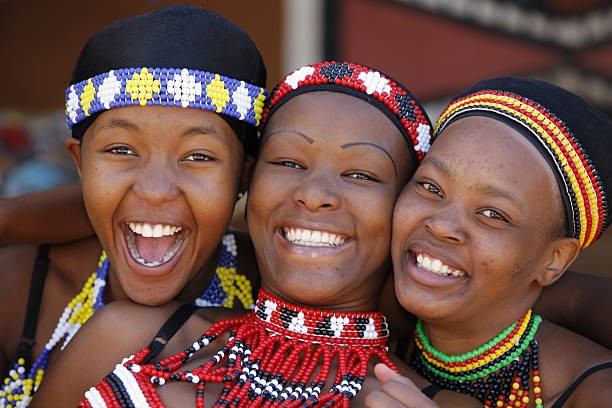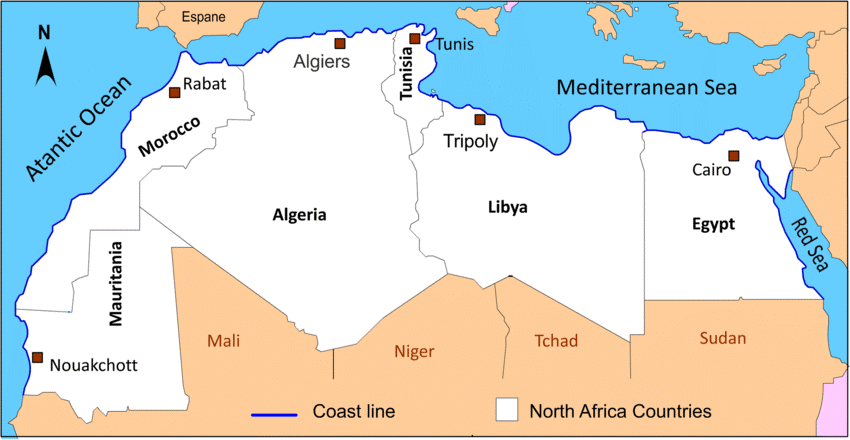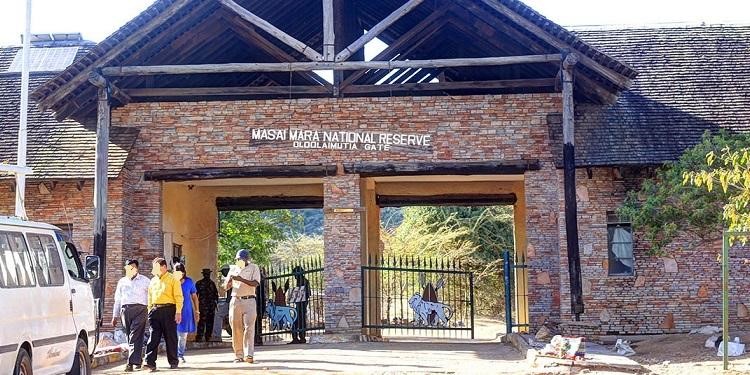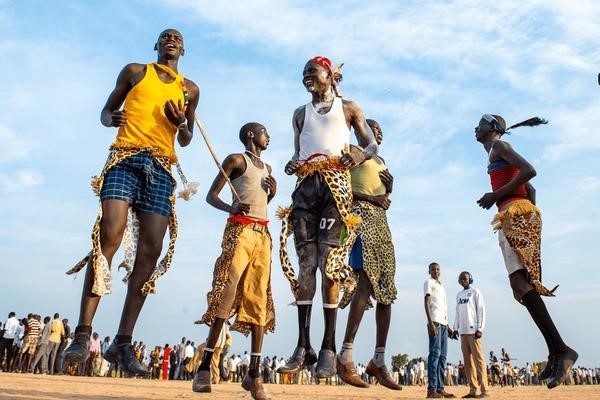Malagasy is an Austronesian language and dialect continuum spoken in Madagascar, an island nation off the southeastern coast of Africa. It is the national and official language of Madagascar, with over 25 million speakers, and is spoken by nearly the entire population of Madagascar. The language belongs to the Austronesian language family, as it has stronger ties to languages spoken in Southeast Asia and the Pacific, such as Tagalog and Hawaiian, as opposed to the Bantu languages that are more common on the African mainland. Most people of Madagascar speak Malagasy as a first language, as do some people of Malagasy descent living elsewhere.
Malagasy is used across all regions of the island, although various dialects exist such as Taisaka, Sahafatra, Taifasy, Merina, and Tanosy. Interestingly, these dialects are all closely linked, having diversified only in the last 2,000 years since Madagascar was settled by Indonesian people. The dialects contain some words of Bantu, Swahili, Arab, English, and French origin. The Merina dialect, spoken in the central highlands around the capital Antananarivo, is considered the standard form and is used in education, media, and official communication. This standardization began in the 19th century when Christian missionaries began to write down the Malagasy language. The language was initially spelled in Arabic script, Ajami, until the mid-19th century. However, since 1820, the Merina dialect has been written in the Roman alphabet and has become the official language of the island.
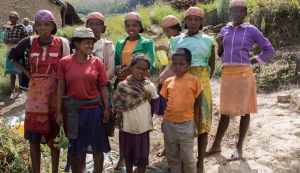
History and Origin of the Malagasy Language
The origins of Malagasy can be traced back to the first settlers on the island during the Austronesian migration. Linguistic and archaeological evidence suggests that the earliest settlers of Madagascar arrived from Southeast Asia, particularly from the region now known as Indonesia and the Philippines, at around 350 to 550 AD. These early settlers brought their Austronesian languages, which eventually evolved into what is now Malagasy. This explains why Malagasy shares a significant portion of its core vocabulary and grammatical structure with languages such as Ma’anyan, spoken by indigenous groups in southern Borneo.
Due to its strategic location along Indian Ocean trade routes, Madagascar became a central point for people of different cultural backgrounds to meet and interact. African migrants from the Bantu-speaking regions of East Africa brought new words and cultural influences, whereas, traders and settlers from Arabia, Persia, and the Swahili Coast introduced Arabic and Swahili loanwords, particularly in areas related to trade, religion, and governance. In addition, European colonization, particularly by the French in the late 19th century, resulted in many French words entering the Malagasy language.
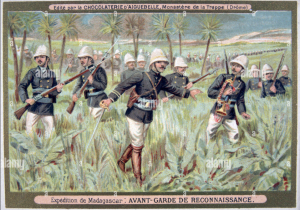
For most of Madagascar’s history, Malagasy existed solely as an oral language. It wasn’t until the 1820s that a written form began to take shape. This was after Welsh missionaries transcribed the language using the Latin alphabet. This shift allowed for the preservation of history, traditions, and knowledge in text form, thus reducing the reliance on oral storytelling. However, the written form of Malagasy does not closely mirror how the language is spoken. Words are often pronounced quite differently than they are spelled as final syllables tend to disappear, and unstressed syllables in the middle of words are commonly dropped. For example, the capital Antananarivo is pronounced “Tananarive” in speech but is frequently shortened to simply “Tana.”
How the Malagasy Language Shapes African Culture and Identity
1. A Symbol of Cultural Diversity and Blending
Malagasy’s Austronesian roots, as well as how it became enriched by African, Arabic, and European influences over the centuries, symbolize the interconnectedness of Africa with distant regions. Malagasy serves as a reminder of the diverse origins and complex histories that define African cultures.
2. Oral Traditions and Storytelling
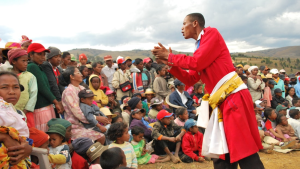
Before it was transcribed, Malagasy existed purely as an oral language. This emphasizes the importance of storytelling, proverbs, and oral history as key hallmarks of African culture. The preservation of knowledge, folklore, and moral lessons through speech connects Madagascar to the broader African tradition of passing wisdom across generations without relying on written texts.
3. Linguistic Resilience and Adaptation
Malagasy’s ability to incorporate loanwords from Arabic, French, and Swahili while maintaining its core Austronesian structure mirrors how African languages adapt to external influences. This linguistic resilience reflects the broader African experience of colonialism, trade, and globalization, showcasing the ability of African societies to preserve their cultural essence despite external pressures.
4. National Identity and Unity
In Madagascar, Malagasy serves as a unifying force that bridges the island’s ethnic diversity. This reflects a common African theme, where language plays a vital role in encouraging national identity and social cohesion in multiethnic societies. In addition, the standardized form of Malagasy helps create a shared sense of belonging across the island’s population.
The Malagasy Language in Pop Culture and Media
1. Music and Traditional Performance
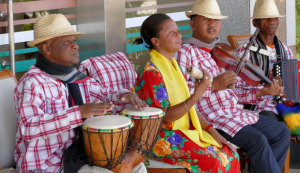
Music is one of the most powerful mediums for promoting the Malagasy language and culture among the speakers. Genres like Salegy, Tsapiky, and Hira Gasy rely heavily on Malagasy lyrics to narrate stories, celebrate traditions, and address social issues. Artists such as Jaojoby and Rossy have gained widespread recognition for their fusion of traditional Malagasy rhythms with contemporary influences.
2. Festivals and Cultural Celebrations
Public celebrations and festivals frequently feature performances and speeches in Malagasy. Events like the Donia Music Festival celebrate Malagasy heritage through local language performances, attracting thousands of attendees and fostering national pride
3. Film and Television
The Malagasy language is central to entertainment and storytelling in Madagascar. Local film and TV productions are primarily in Malagasy. Also, Malagasy-language films reflect the daily lives and experiences of the island’s people by often exploring social issues, folklore, and historical narratives. Even internationally, Madagascar’s culture is highlighted in films like Madagascar, where subtle nods to the language and island customs contribute to its global recognition, albeit in a lighthearted, animated format.
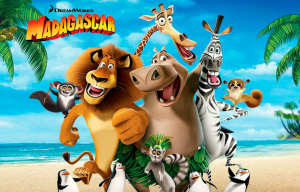
4. Literature and Oral Traditions
Despite being a relatively recent written language, Malagasy thrives in literature and poetry. Writers draw on oral traditions, using Malagasy proverbs, fables, and historical stories to craft novels, plays, and poems. This literary output helps preserve the language while introducing new generations to age-old customs and beliefs.
5. Social Media and Digital Content
Influencers, bloggers, and content creators use Malagasy in vlogs, memes, and online discussions, making it more accessible and relevant to younger audiences. Digital spaces have become vital for spreading and preserving Malagasy in modern contexts, reinforcing its role in daily communication
References
A Smart Translator’s Reunion, (2012). Malagasy – the language of Madagascar. https://asmarttranslatorsreunion.wordpress.com/2013/10/22/malagasy-the-language-of-madagascar/
WildMadagascar.org, (n.d.). Malagasy, the language of Madagascar. https://www.wildmadagascar.org/people/malagasy.html
WorldData.info, (n.d.). Malagasy. https://www.worlddata.info/languages/malagasy.php

